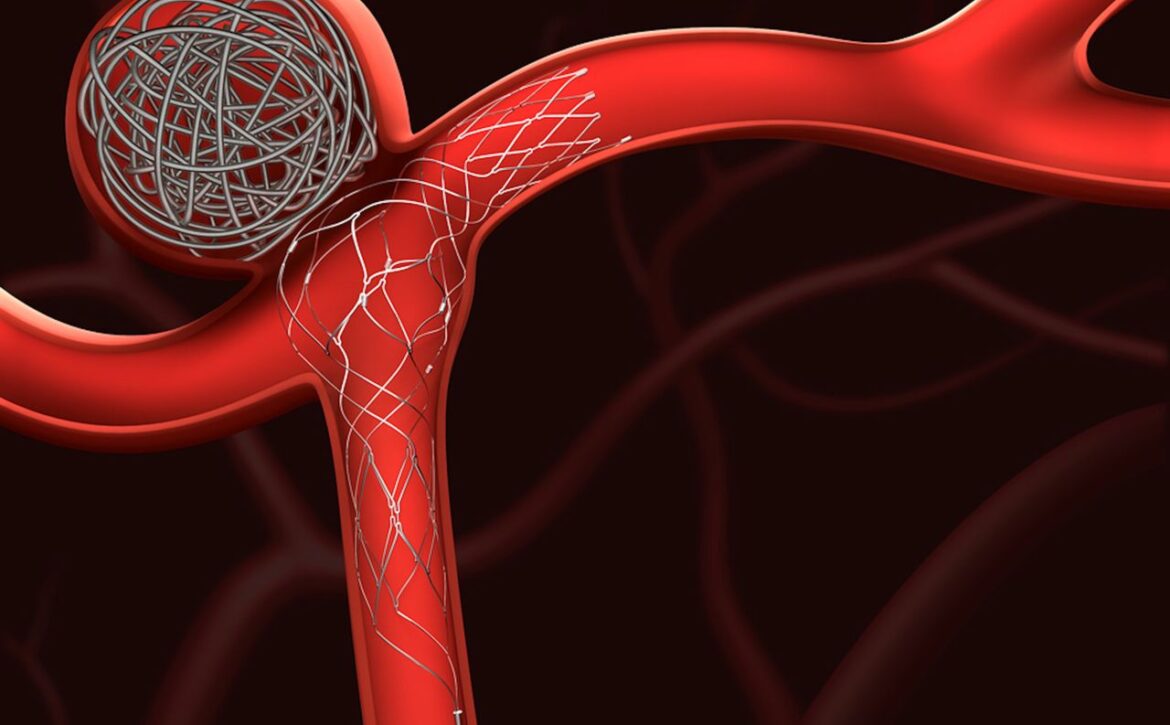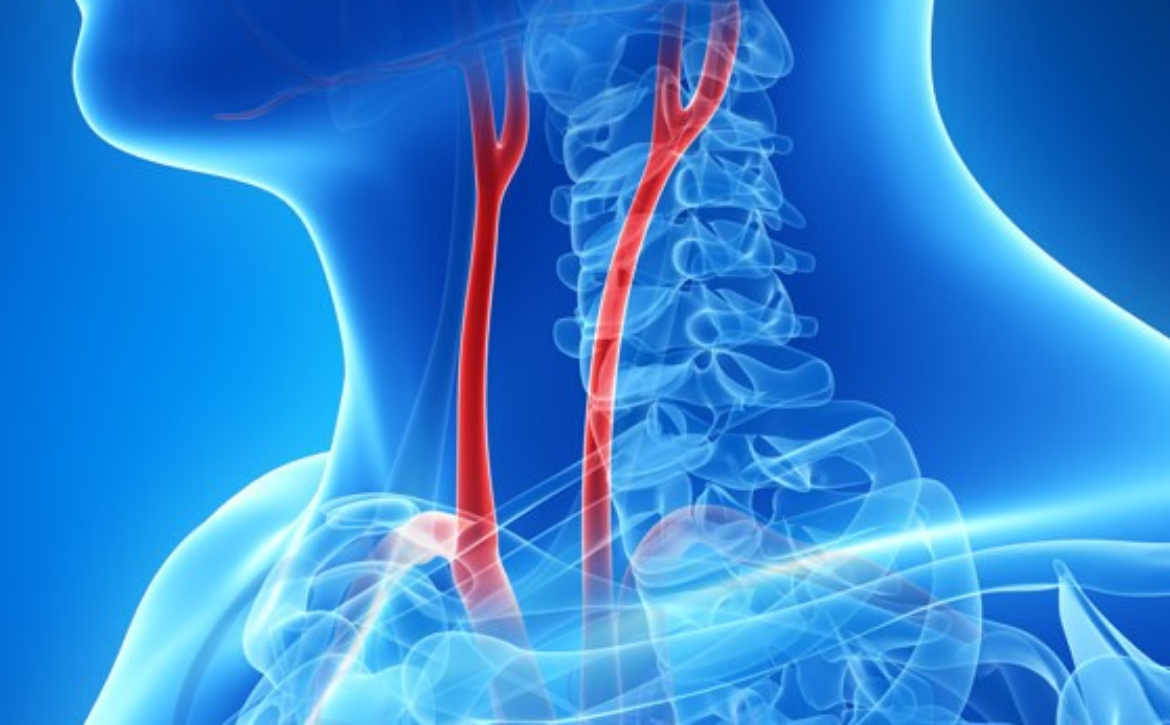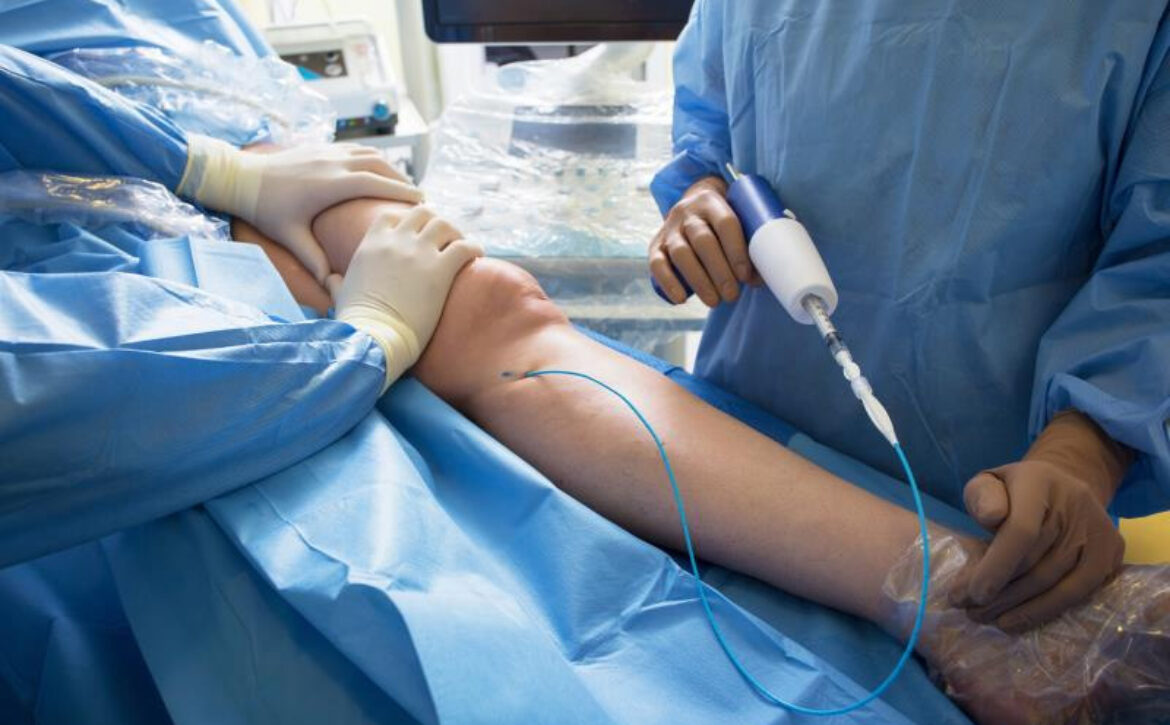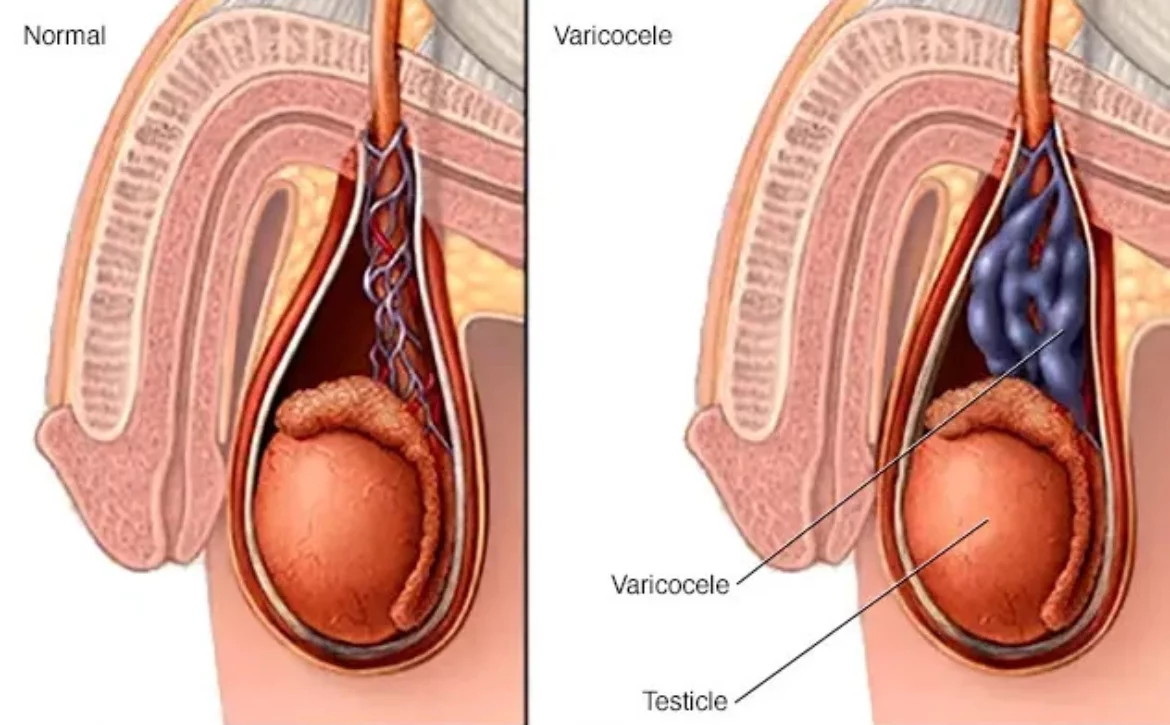Best Varicose Vein Doctor in Mohali: Dr. Akhil Monga
Discover the Best Varicose Vein Doctor in Mohali: Dr. Akhil Monga
Varicose veins are a common yet painful condition that affects many individuals, leading to discomfort and potential complications. In Mohali, Dr. Akhil Monga is recognized as the Best varicose vein doctor Mohali, providing cutting-edge and minimally invasive solutions to his patients.
Why Choose Dr. Akhil Monga for Varicose Vein Treatment?
Dr. Akhil Monga is celebrated for his exceptional expertise and compassionate care in the field of interventional radiology. Here’s why he is considered the best varicose vein doctor in Mohali:
- Advanced Training: Dr. Monga holds a Doctor of Medicine degree in Radiology from AIIMS, New Delhi, and has completed a fellowship in Interventional Radiology at KMCH, Coimbatore.
- Extensive Experience: He has successfully performed over 3000 vascular procedures, ensuring a high level of proficiency and success in treating varicose veins.
- State-of-the-Art Technology: Dr. Monga uses the latest technology and minimally invasive techniques for effective and quick recovery.
Comprehensive Varicose Vein Treatments
Dr. Akhil Monga offers a range of advanced treatments for varicose veins, tailored to meet the specific needs of each patient. These treatments are designed to be minimally invasive, reducing recovery time and discomfort. Key treatments include:
- Endovenous Thermal Ablation: This technique uses heat to close off varicose veins, offering a minimally invasive alternative to traditional surgery.
- Sclerotherapy: A procedure where a solution is injected into the vein, causing it to collapse and fade.
- Vein Gluing Procedure: Uses medical adhesive to seal varicose veins.
Benefits of Minimally Invasive Varicose Vein Treatments
Choosing minimally invasive treatments for varicose veins offers numerous benefits, making them a preferred option for many patients:
- Reduced Pain and Discomfort: Smaller incisions mean less postoperative pain and quicker recovery.
- Minimal Downtime: Patients can often return to their normal activities shortly after the procedure.
- Lower Risk of Complications: Minimally invasive techniques reduce the risk of infection and other complications.
- Outpatient Procedures: Many treatments can be performed on an outpatient basis, eliminating the need for a hospital stay.
Patient Success Stories: Life-Changing Treatments
Dr. Akhil Monga’s patients have experienced significant improvements in their quality of life following varicose vein treatment. Here are some success stories:
- Suresh Gupta.: “Dr. Monga’s sclerotherapy treatment was quick and virtually painless. My varicose veins have disappeared, and I feel so much better.”
- Rajesh Arora.: “I had severe varicose veins that affected my daily activities. Dr. Monga’s endovenous thermal ablation treatment was a game-changer. The procedure was smooth, and my recovery was swift.”
Why Trust Dr. Akhil Monga?
Residents of Mohali and surrounding areas trust Dr. Akhil Monga for his exceptional skills and patient-centric approach. His dedication to staying updated with the latest advancements in interventional radiology ensures that patients receive the best possible care.
Scheduling an Appointment with Dr. Akhil Monga
Scheduling an appointment with Dr. Akhil Monga is straightforward. Visit our website or call our clinic at +91-99105-00531 or +91-62805-20737 to book a consultation. Early diagnosis and treatment can make a significant difference in managing and treating fibroids effectively. For email inquiries, reach us at akhilmonga.aiims@gmail.com.
For those suffering from varicose veins in Mohali, Dr. Akhil Monga offers unparalleled expertise and advanced treatment options. His commitment to minimally invasive techniques and patient care makes him the best varicose vein doctor in the region. Don’t let varicose veins impact your quality of life—consult Dr. Akhil Monga for effective and compassionate treatment.








